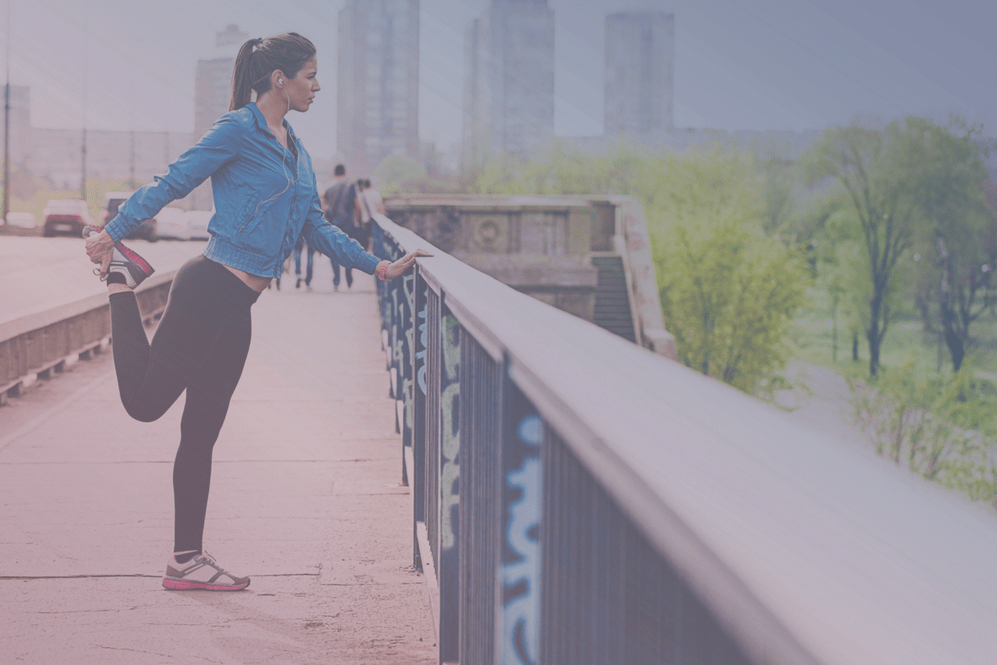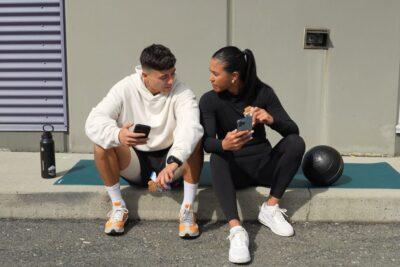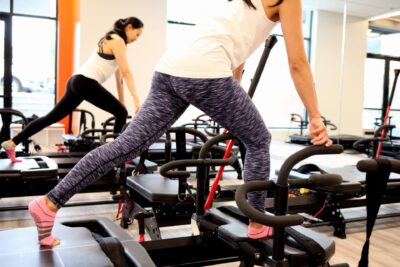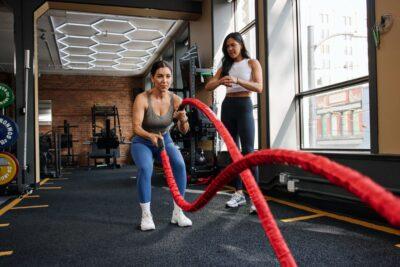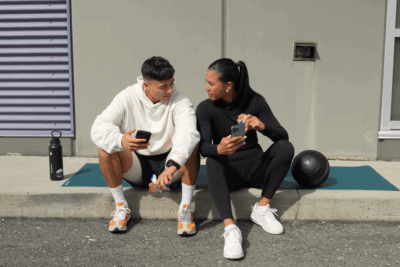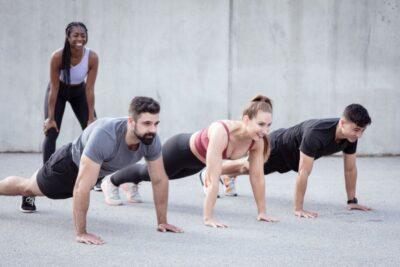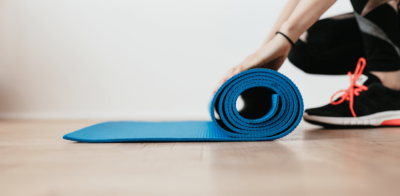Did you miss our latest podcast on structuring your Facebook ad campaign? Lucky for you, we’ve summarised all the key points below! Let’s get started..
The structure of your Facebook ad campaign is crucial. Think about it, you wouldn’t jump into a workout with a new client without determining a training schedule first, would you? The same goes for your Facebook advertising!
Questions that you should ask yourself at this point include:
- Where will leads go when they click my ad?
- What happens when a lead submits a form following my ad?
- What’ll I do with leads who do not complete the desired action?
New to marketing? You may want to start off with our guide: Marketing your Gym / Studio 101
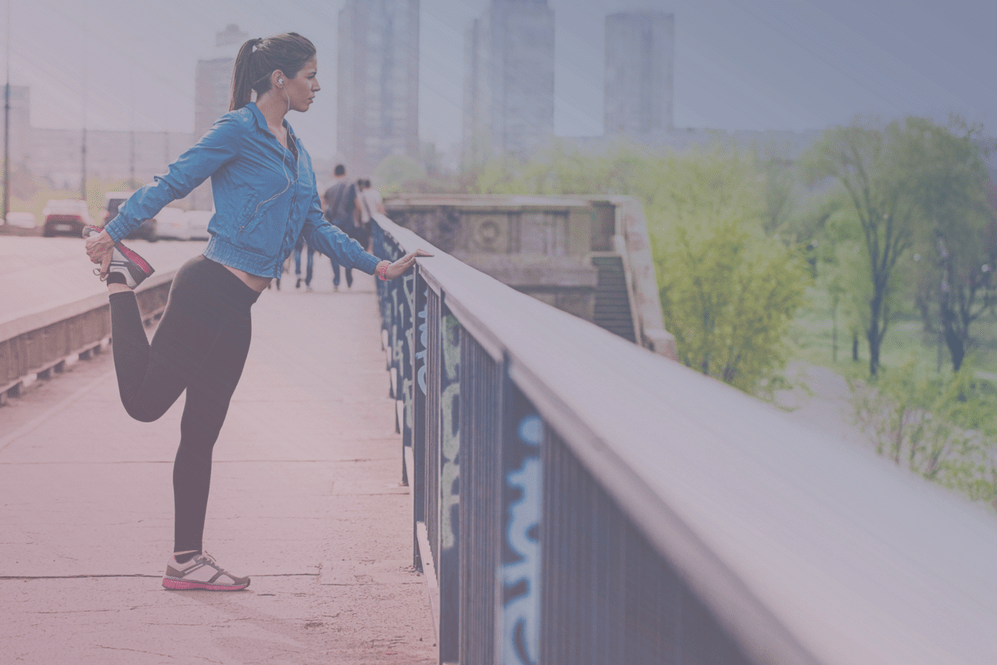
Question 1: Where Will Leads Go When They Click My Ad?
The Answer: A Dedicated Landing Page
So, you’ve created a fantastic Facebook ad. Congrats! (We have a great post that’ll help you to create a great Facebook ad). Now, you must decide where exactly you want to drive the leads that click on your ad. You have a number of options to choose from:
- A dedicated landing page;
- Your Facebook page;
- The homepage of your website.
A dedicated landing page will be structured to meet a particular campaign goal. For example, if you decide to implement a free trial at your studio, your landing page will focus on enticing users to avail of the free trial on offer only. Avoid overloading your landing page with multiple calls to action.
A landing page that encourages users to take one particular action (sign up for free trial) will be more successful than one that offers multiple actions (sign up for free trial, subscribe to blog, download case study). This makes the decision making process easier: They click the button to sign up for a trial, or they don’t.
Why can’t I use my website homepage or Facebook page? Depending on the design of your website and the various audiences you target, it may not be specific enough to achieve your objectives. If the offer you spoke of in your ad or the action you want them to take is not front and foremost on the selected page, your audience will get distracted. Using a landing page, on the other hand, makes it 13 times more likely for someone to become a lead.
There are plenty of software solutions that you could use to create your own landing pages. Two examples are Hubspot and Unbounce. Remember: the key of a landing page is simplicity. So: Keep it simple!
Key Takeaway: Your landing page should have one offer and encourage one action.
Question 2: What Happens When a Lead Submits a Form?
The Answer: Send them to a Thank You Page
So, you’ve created your targeted landing page. 100 people have visited your page and 25 have gone ahead and submitted their details through your form. That’s a 25% conversion rate from visitor to lead. Congratulations, you’ve done a great job!
Now, you must show these potential customers how much you appreciate their interest by sending them to a thank you page. A thank you page is the page leads will be redirected to once they submit your form. This is one of the most important pages of your whole campaign. Why? Because at this stage, people already trust you. They gave you their personal details and for the blink of an eye: You’ve got their whole attention. Use it!
The Top 10 Barriers
Slowing Your Fitness
Business Growth
Discover more At this point, you have tonnes of great options. Here are three of our top picks:
1. Upsell Leads:
You may choose to offer leads another product or service that aligns with their interests. For example, if your initial offer targets new gym goers, you might send them to a list of your products that new gym goers typically purchase.
2. Educate Leads on your Gym/Studio:
Following your initial thank you message, you could include a brief explainer video that gives potential members an insight into your gym or studio’s unique vibe! Keep it real, include your members and show off your community! By doing so, leads will have a better understanding of what makes your facility different to competitors and will want to get involved. Take advantage of the opportunity to build a relationship with potential customers before they’ve even walked in the door.
3. An Additional Limited Time Offer:
Give potential members an unannounced bonus that they didn’t even know about. For example, a free T-shirt (or anything you want) if they come to your gym in the next 24 hours. People love freebies. Something as simple as a free t-shirt branded to your gym can help you create more value and boast a community feel.
Key Takeaway: Don’t just let leads go as soon as they’ve filled out a form and you have their full attention. There should always be a next action to take!
Number 3: What Should I Do with Leads Who Do Not Fill Out My Form?
The Answer: Retarget Non-Converters With Your Facebook Ads!
So, 25% of the people who visited your landing page, fill out your form and become a lead. Although this conversion rate is a lot higher than the average number in the fitness industry (5 – 10%), this does still mean that 75% of those who clicked through to your page didn’t sign up for your offer.
There are numerous reasons why they may not have become a lead. Maybe, they were on the go and didn’t have time to sign up there and then. Or maybe, they wanted to ask a friend to sign up with them. Whatever the reason, don’t worry, you still have the chance to turn these visitors into leads and ultimately, paying members. How?
Have you ever viewed a product on an online store, without purchasing it e.g. a yoga mat? Of course you have! We’re also pretty sure you’ve noticed something strange happening over the next few days. That’s right, that yoga mat is following you around as you browse the web, encouraging you to give in and make the purchase! It might seem a little creepy, but it works. Consumers often need to see a product numerous times, before they actually decide to buy it.
The good thing about Facebook ads is that you can use a small, handy tool called a Facebook Pixel. The Pixel helps you to retarget all those people, who were interested but didn’t sign up for your offer. Even better news: Facebook will do most of the work for you. You can create different audiences to be sure to target the right people. If you, for example, upload a list of client emails, you have the option to:
- Tell Facebook to target clients from this list;
- Tell Facebook to target friends of these people from the list;
- Let Facebook find a larger audience of people with similar likes, ages and profiles.
This tool will help you to determine specifically who you want to target, or retarget. You give the instruction and Facebook does the work. It’s as simple as that!
Key Takeaway: Facebook retargeting is great for second chances!


